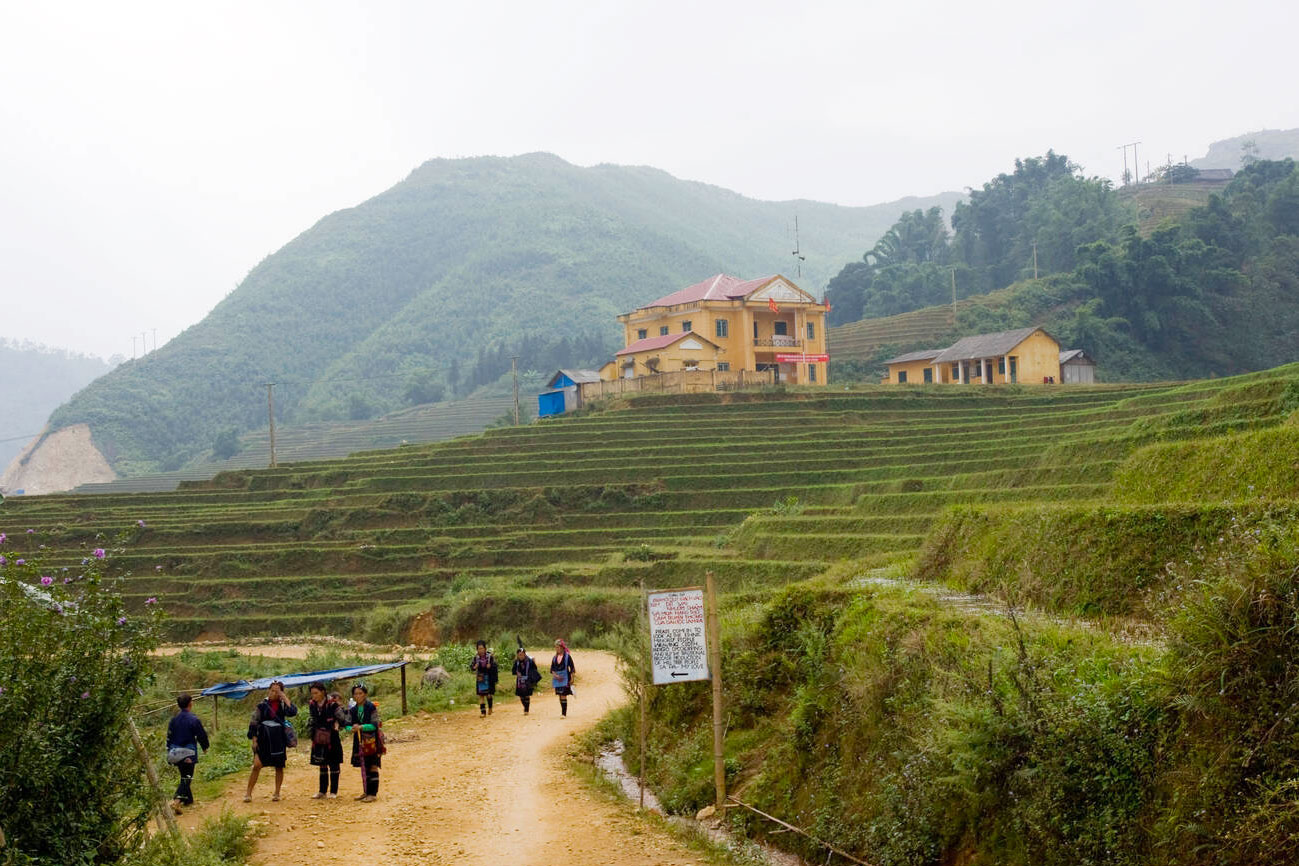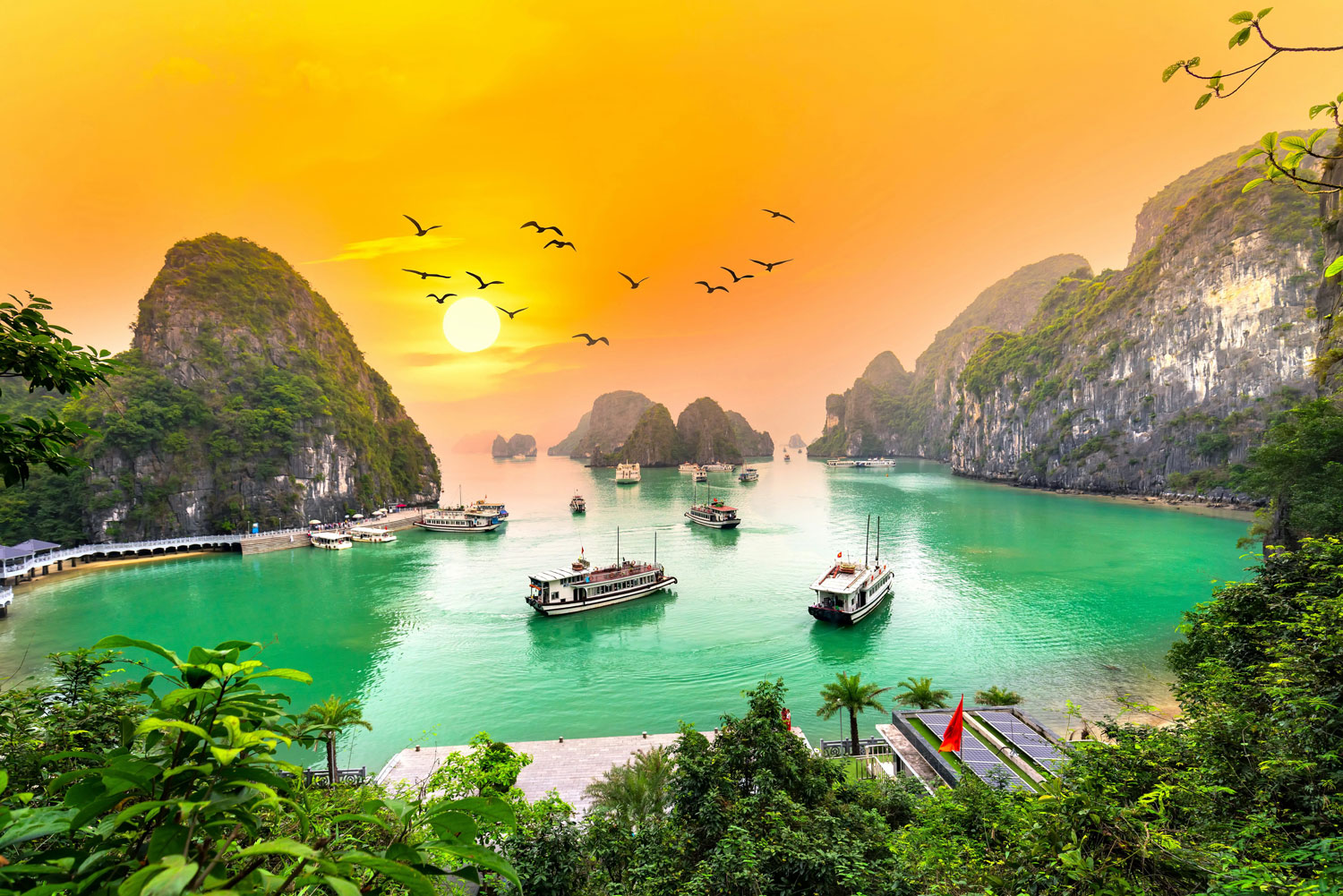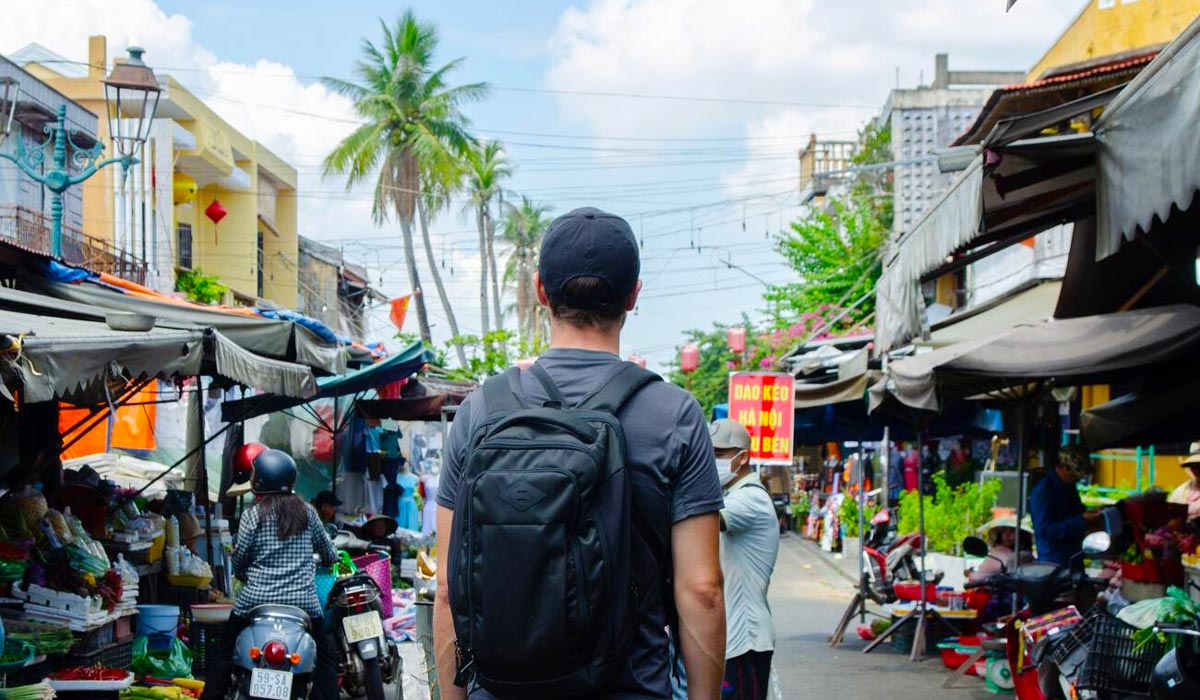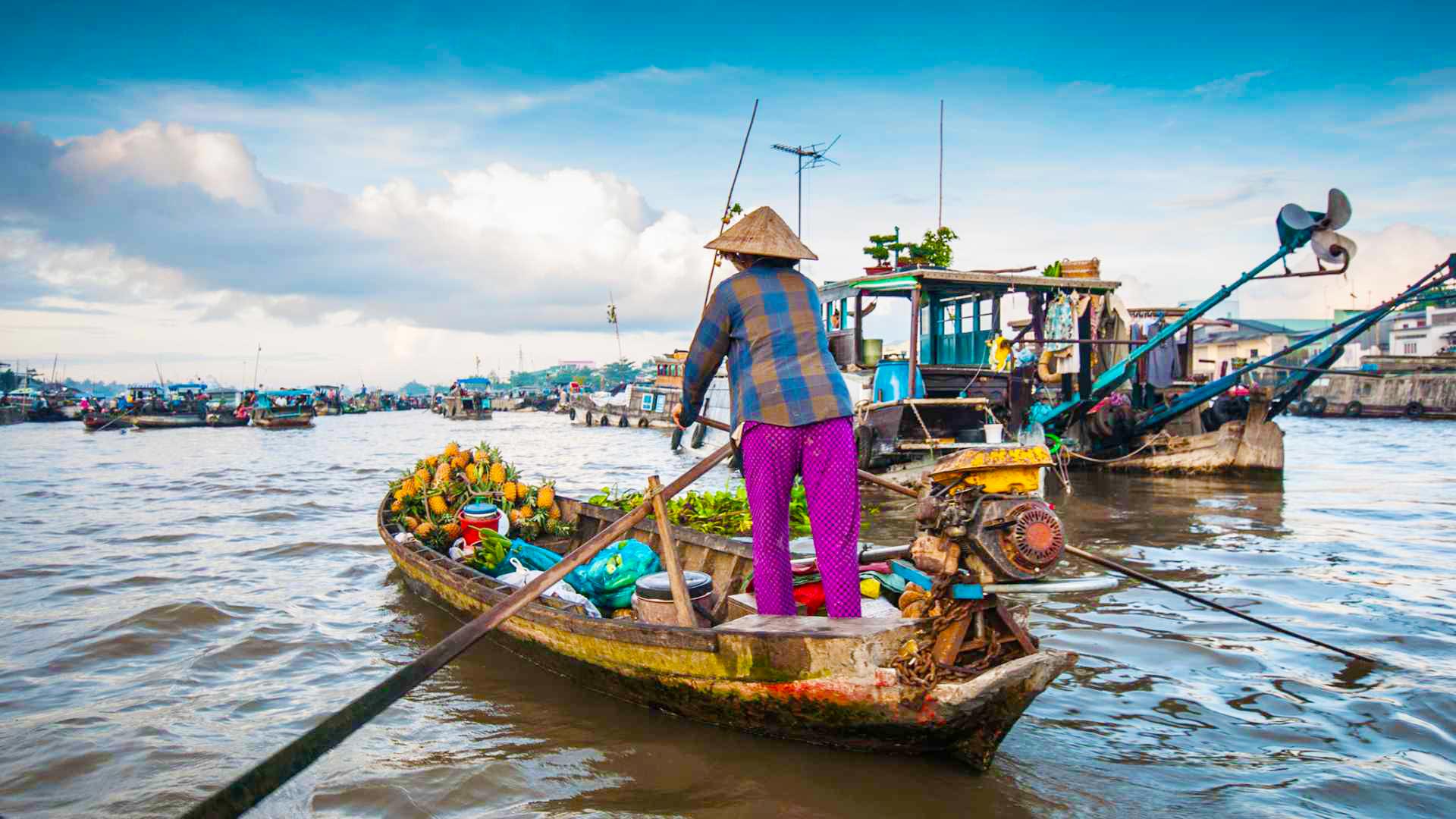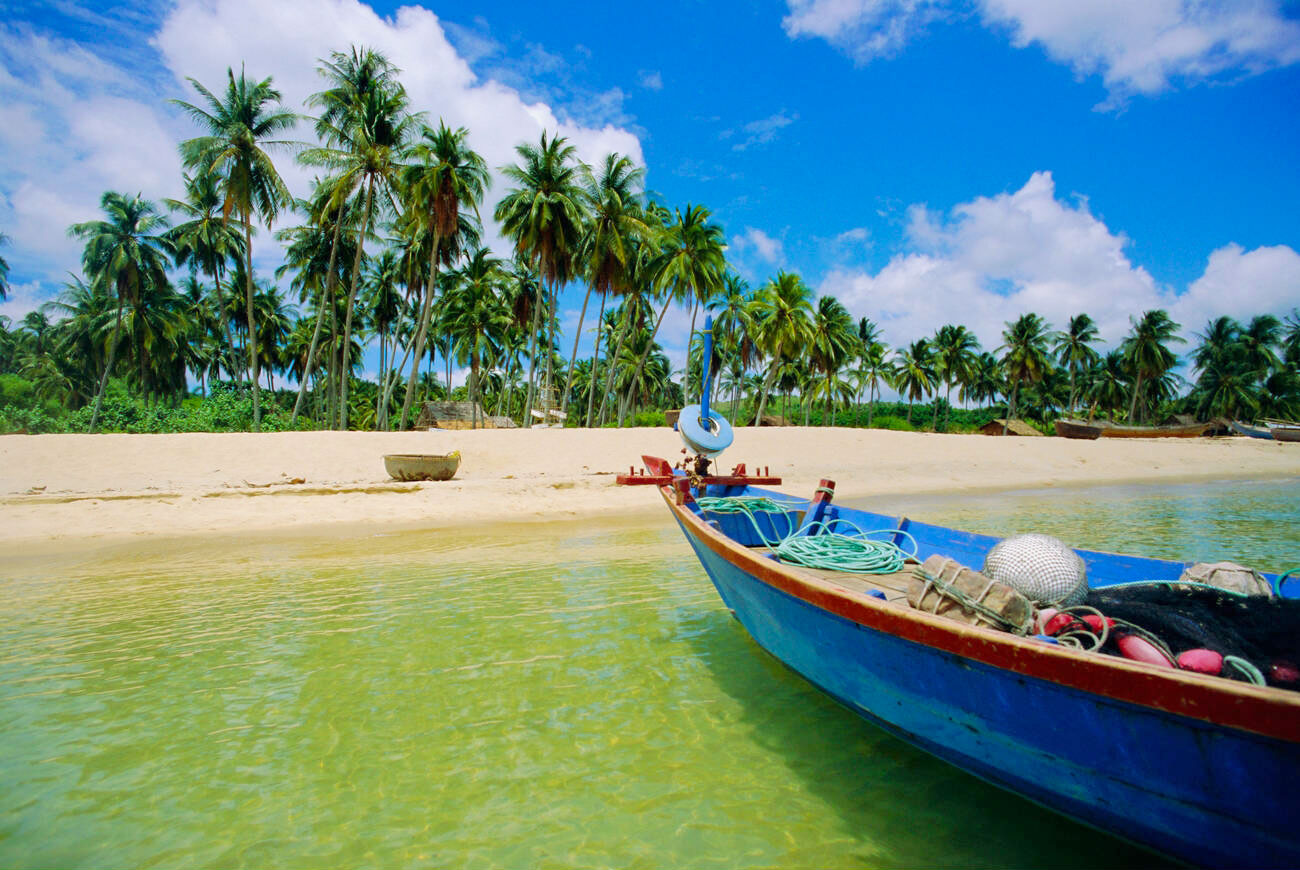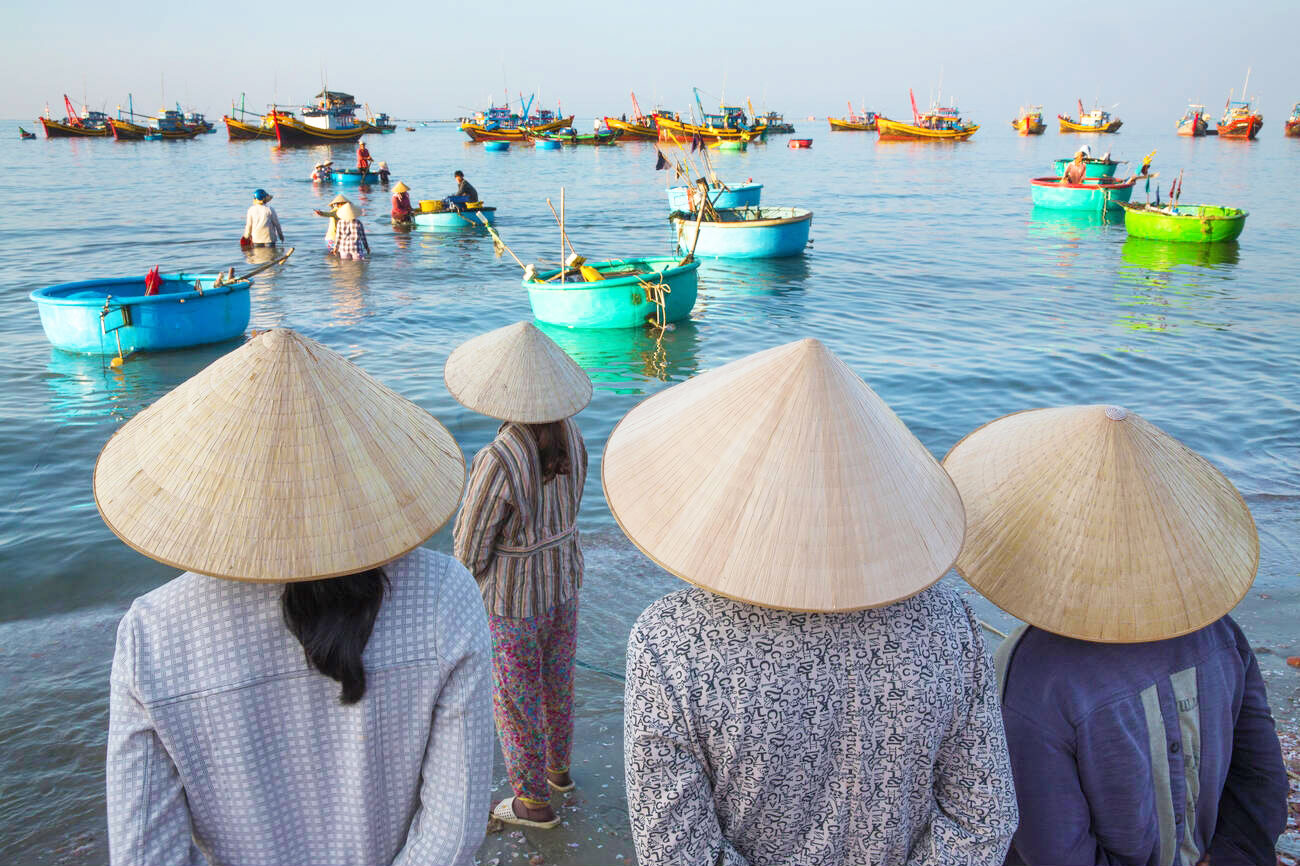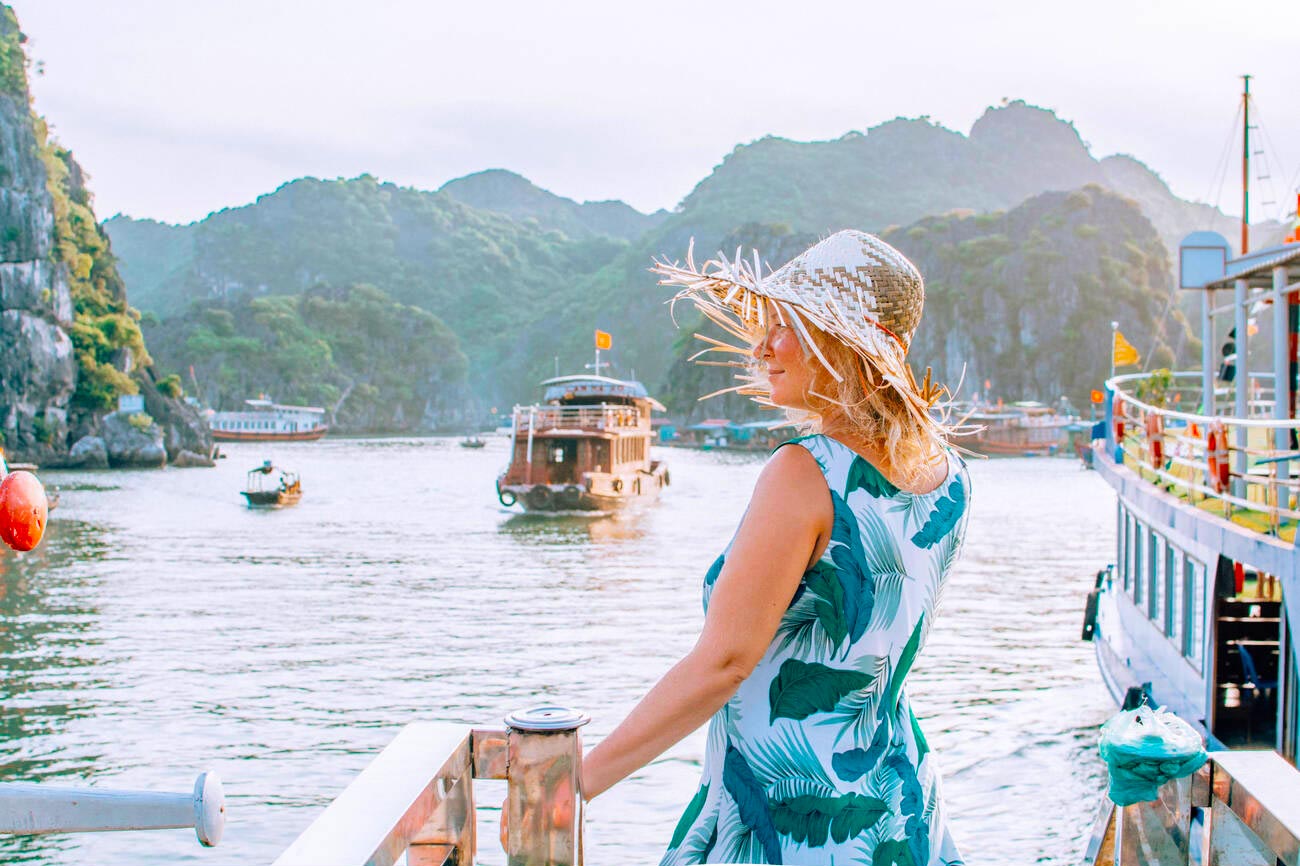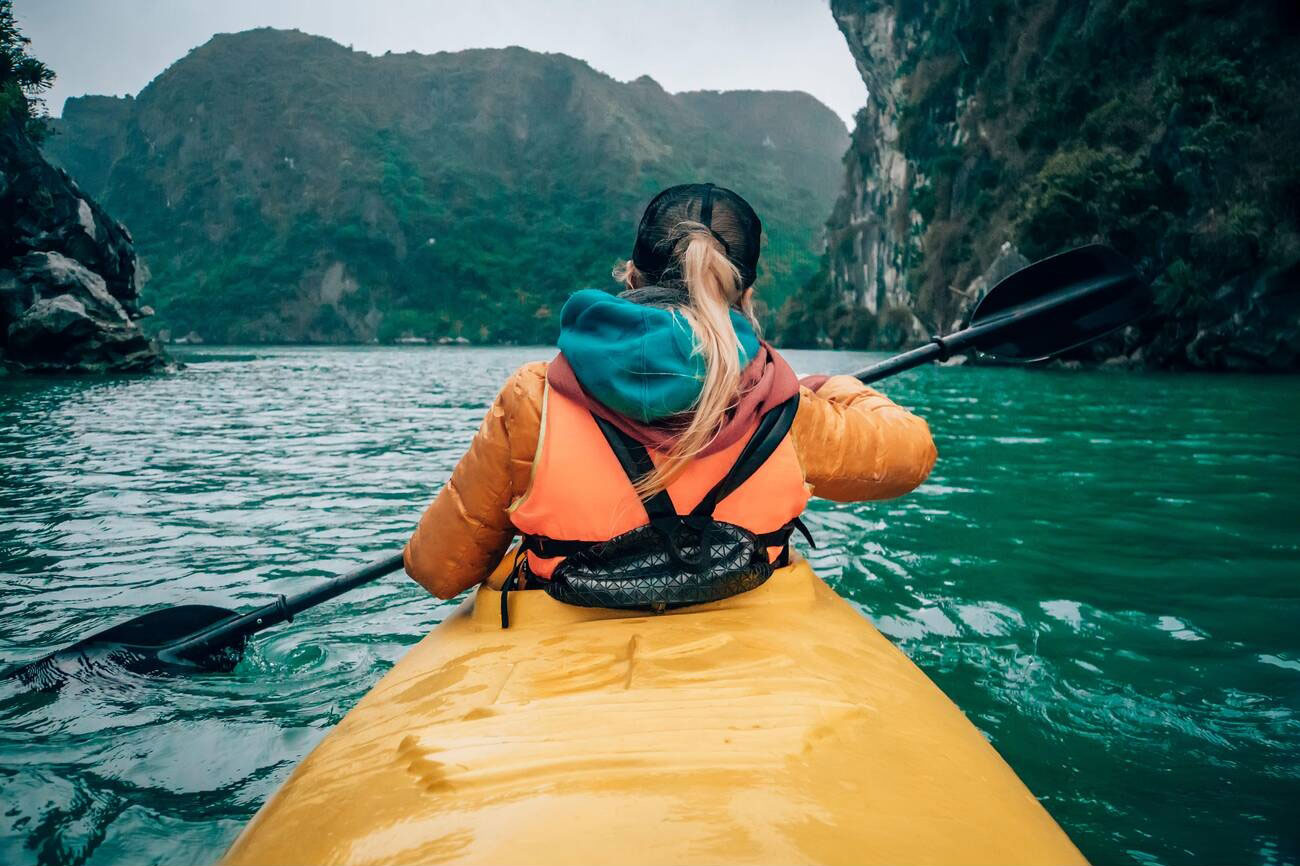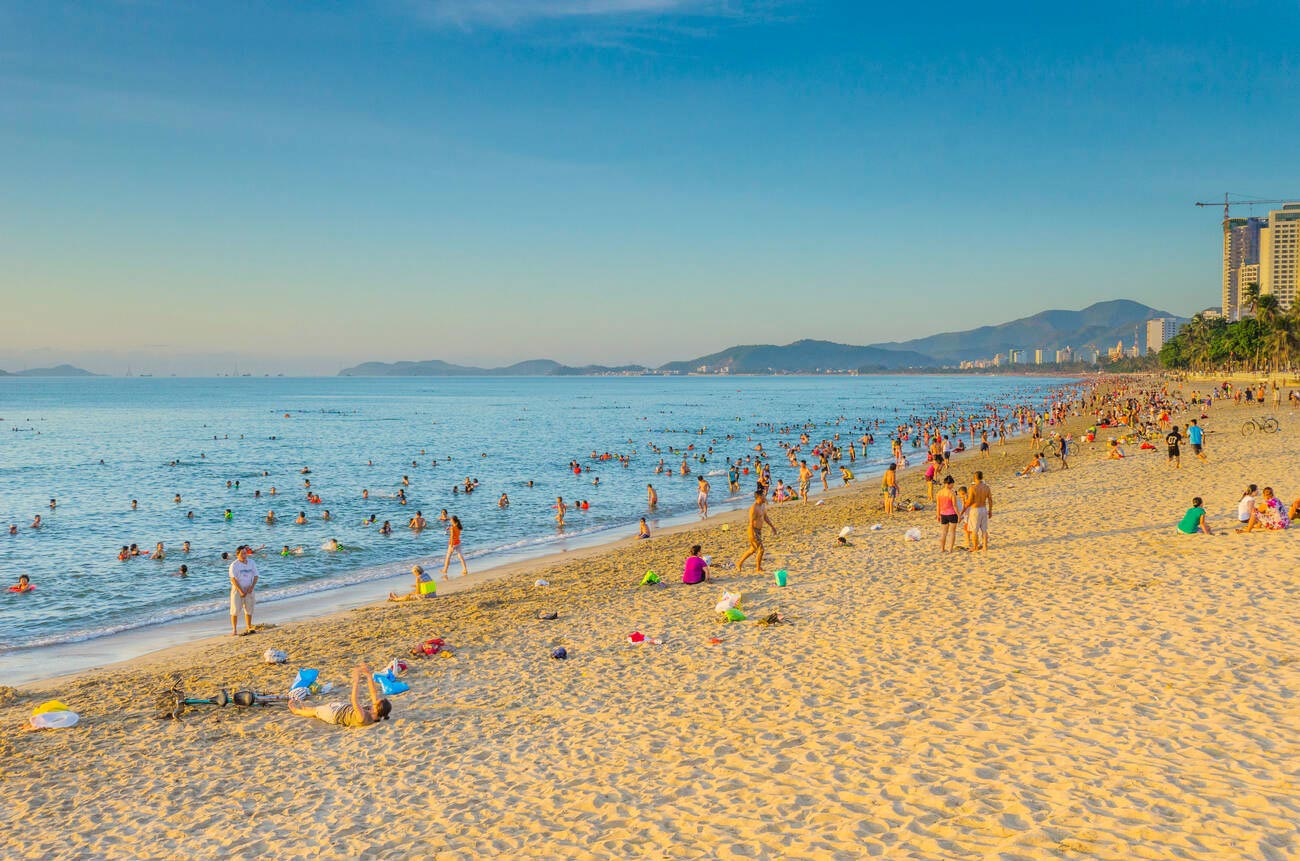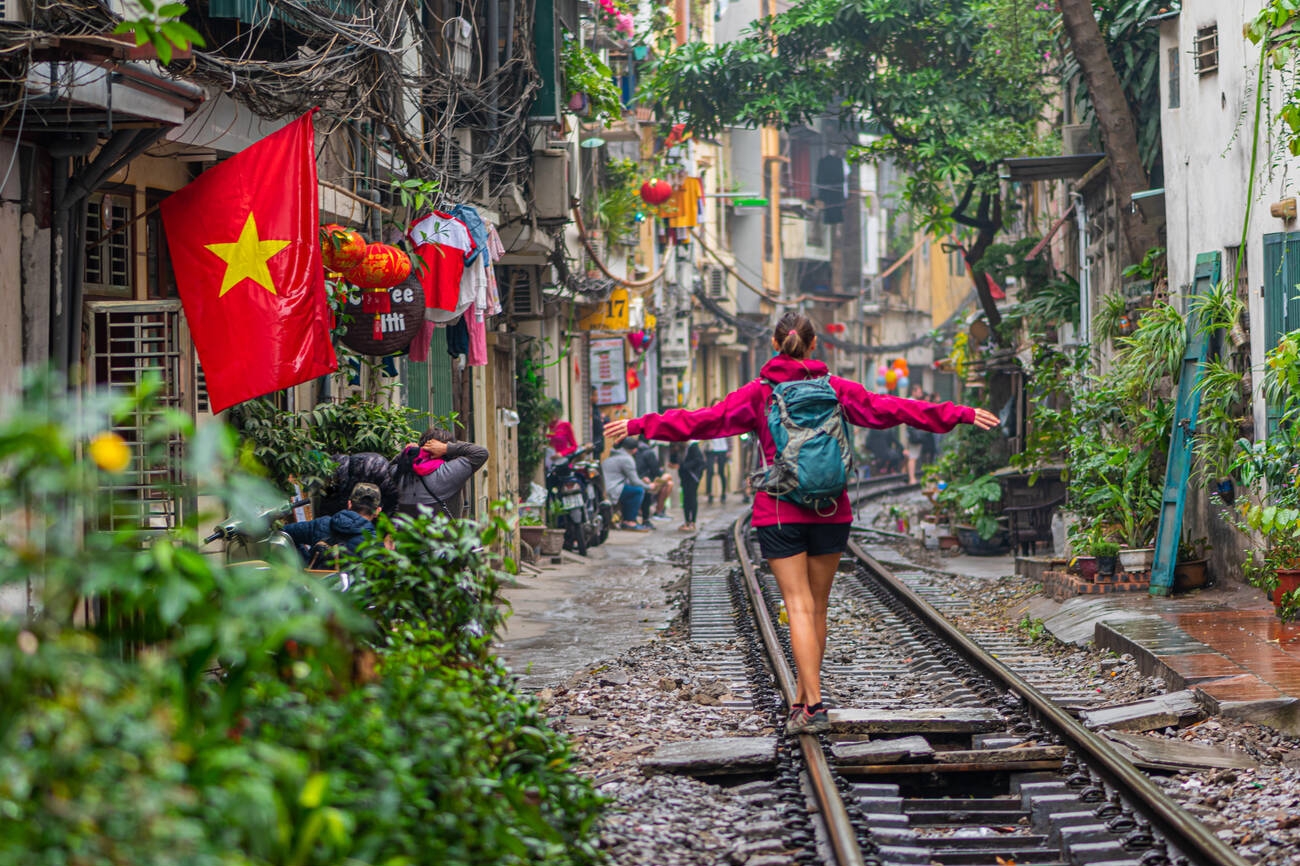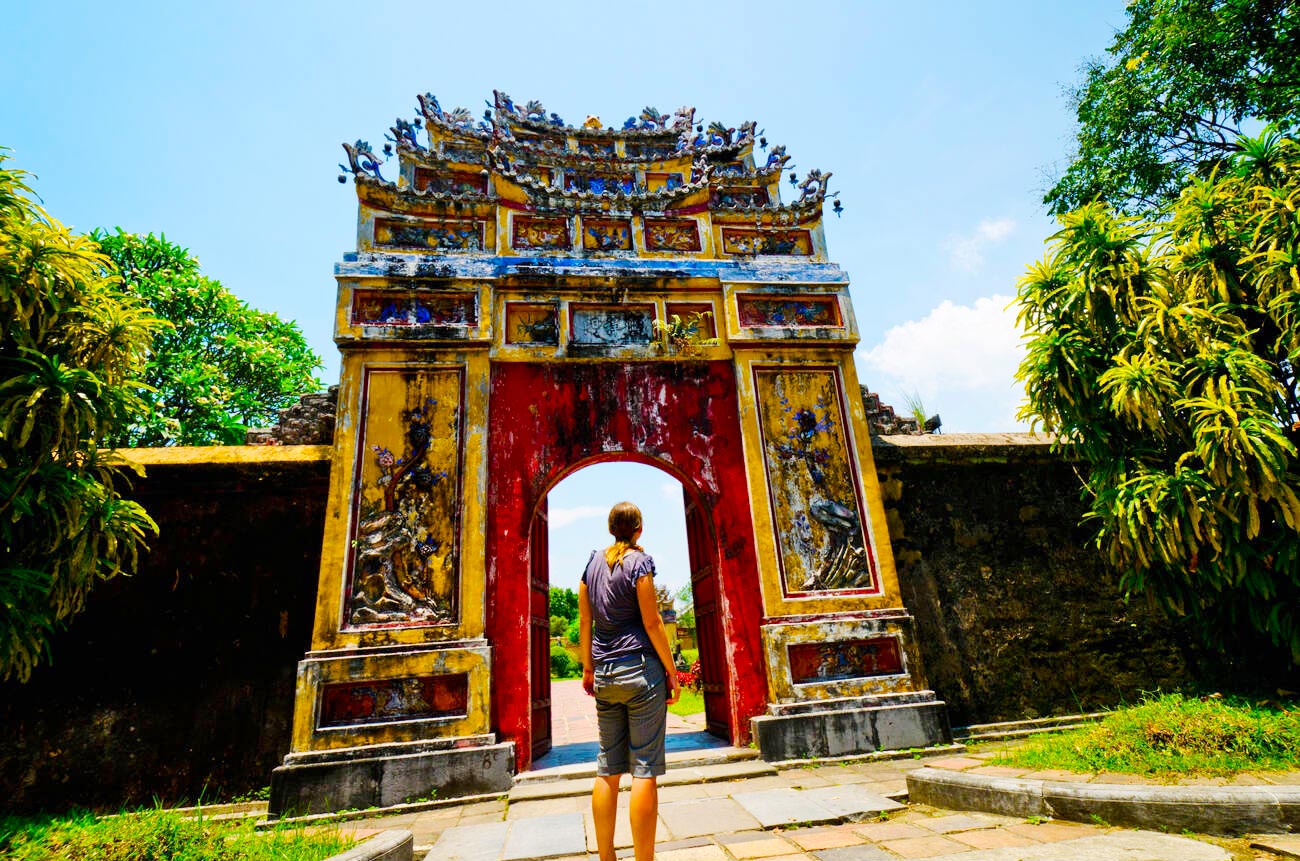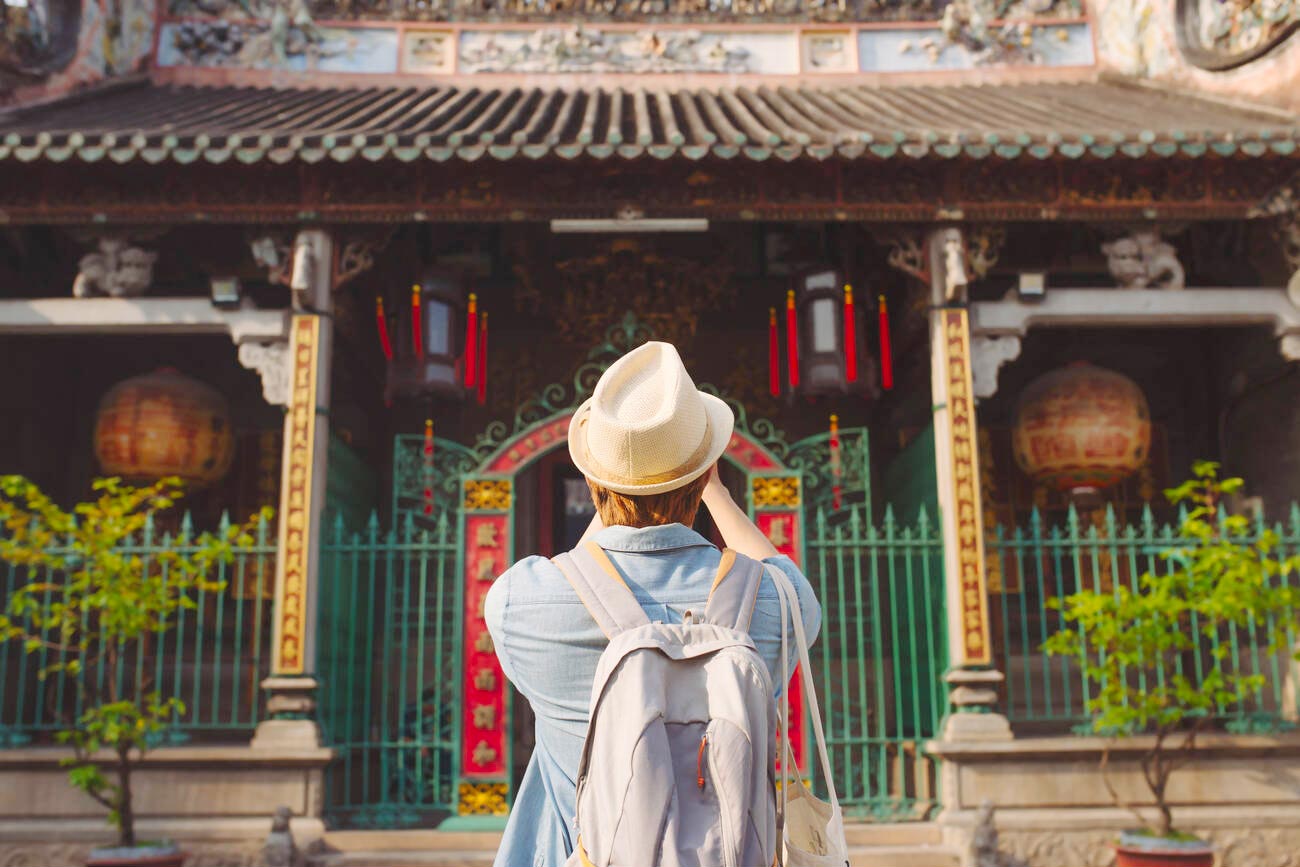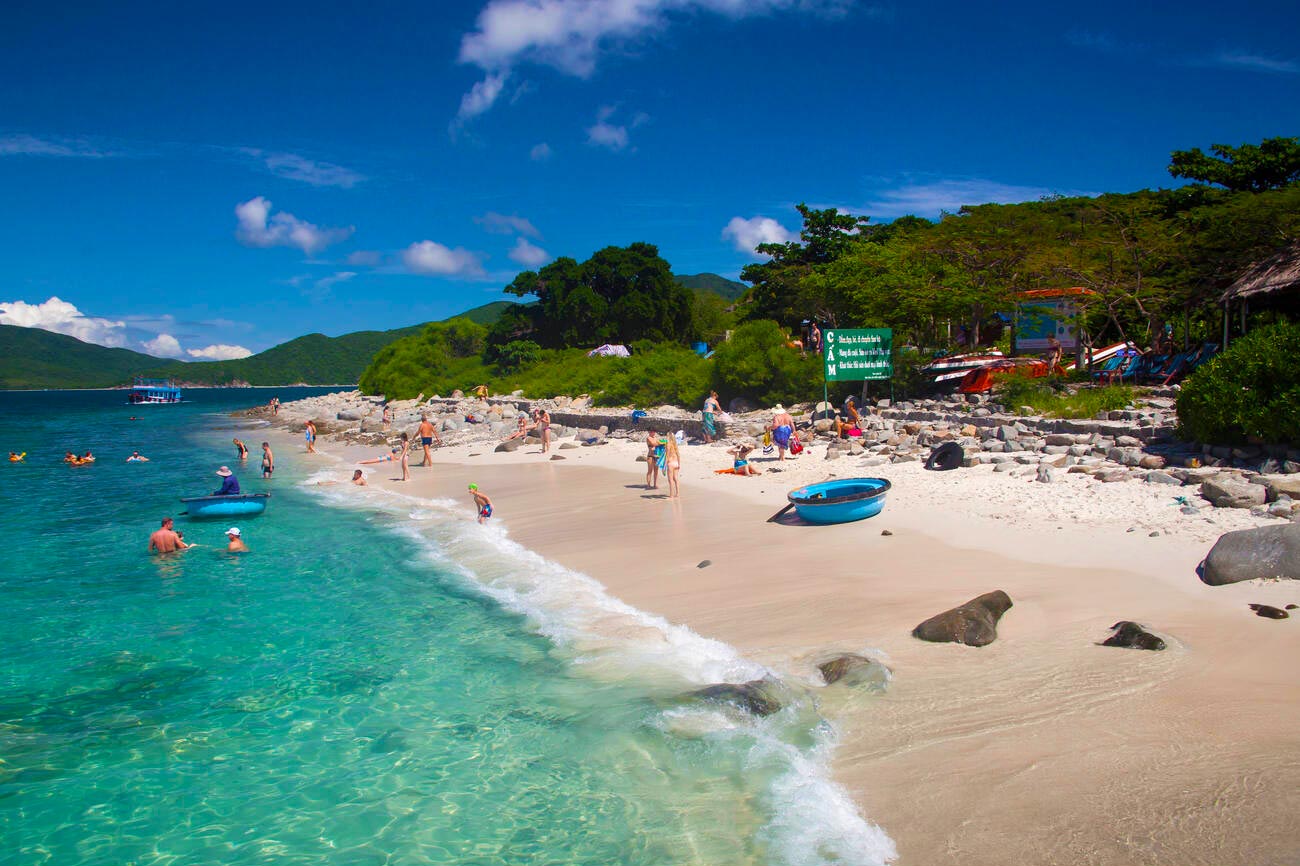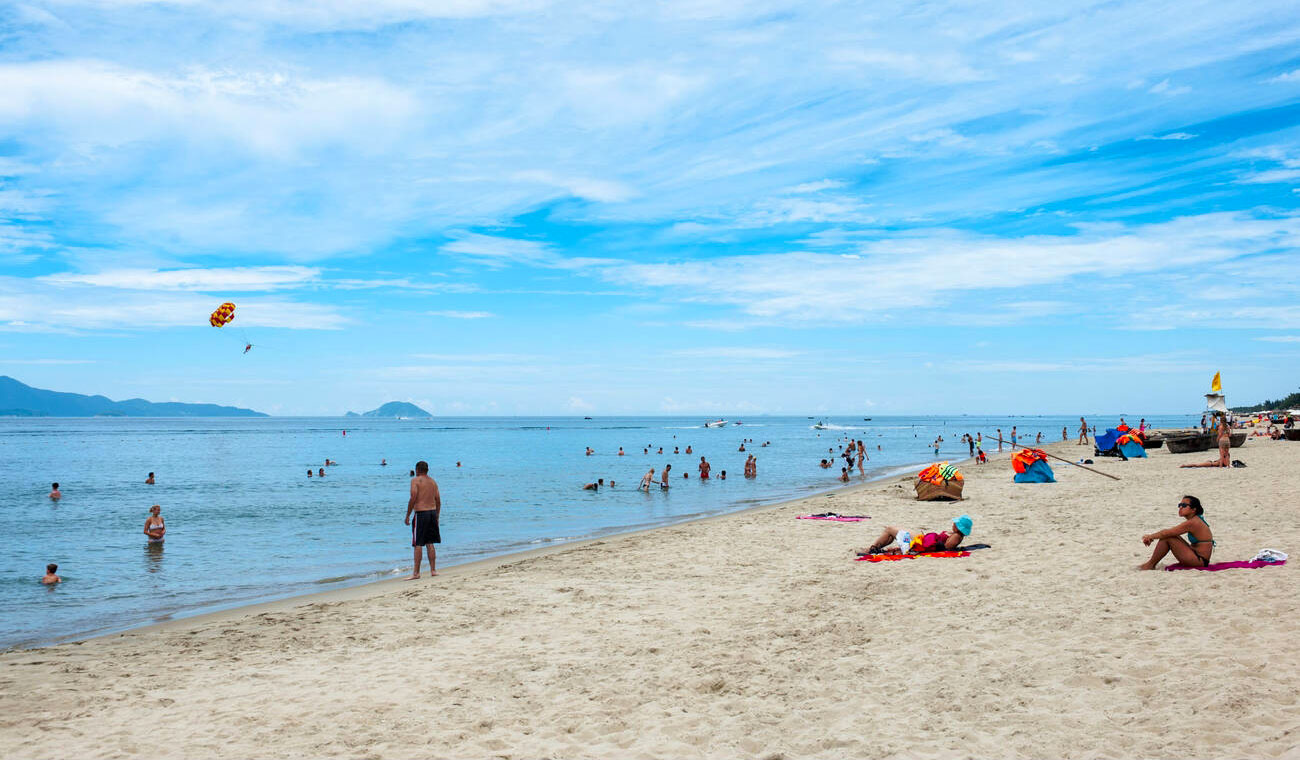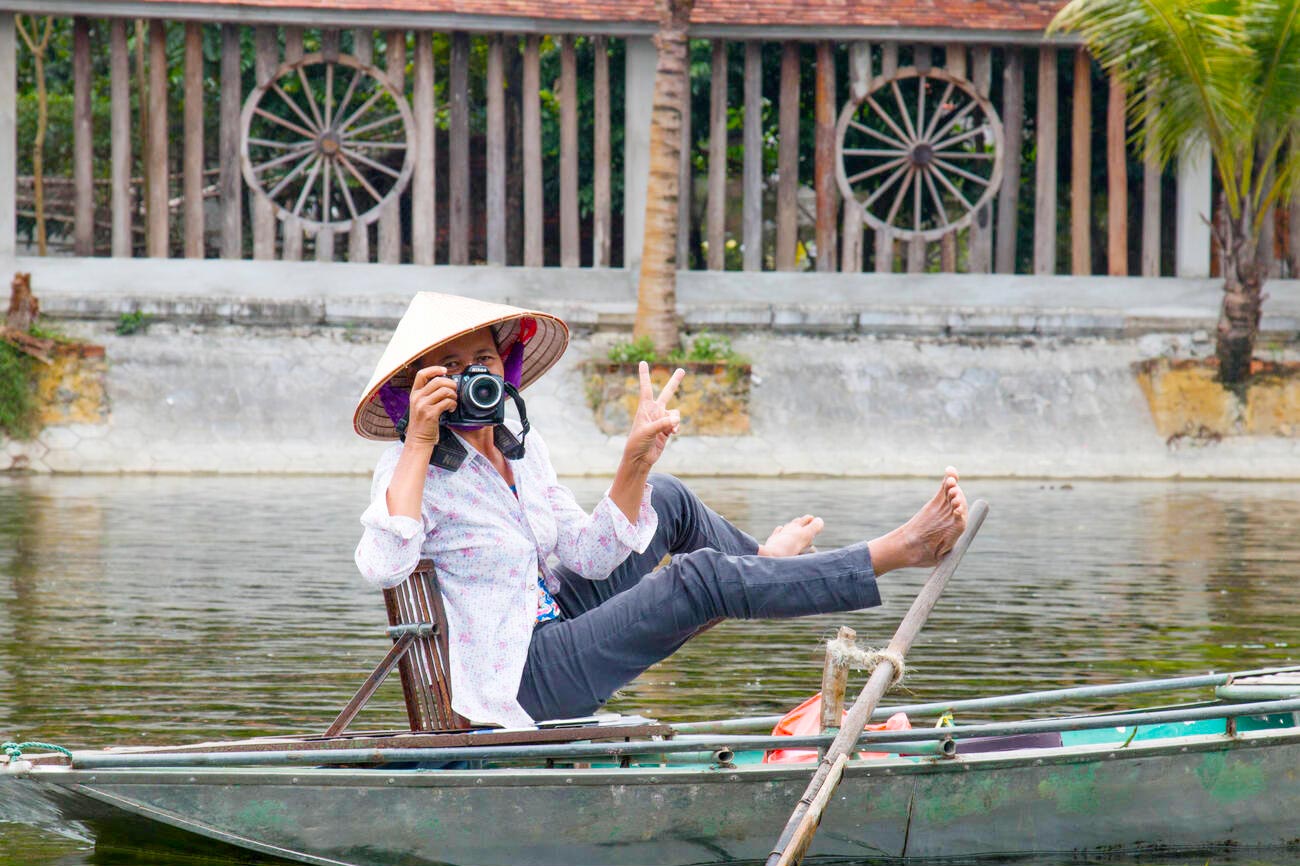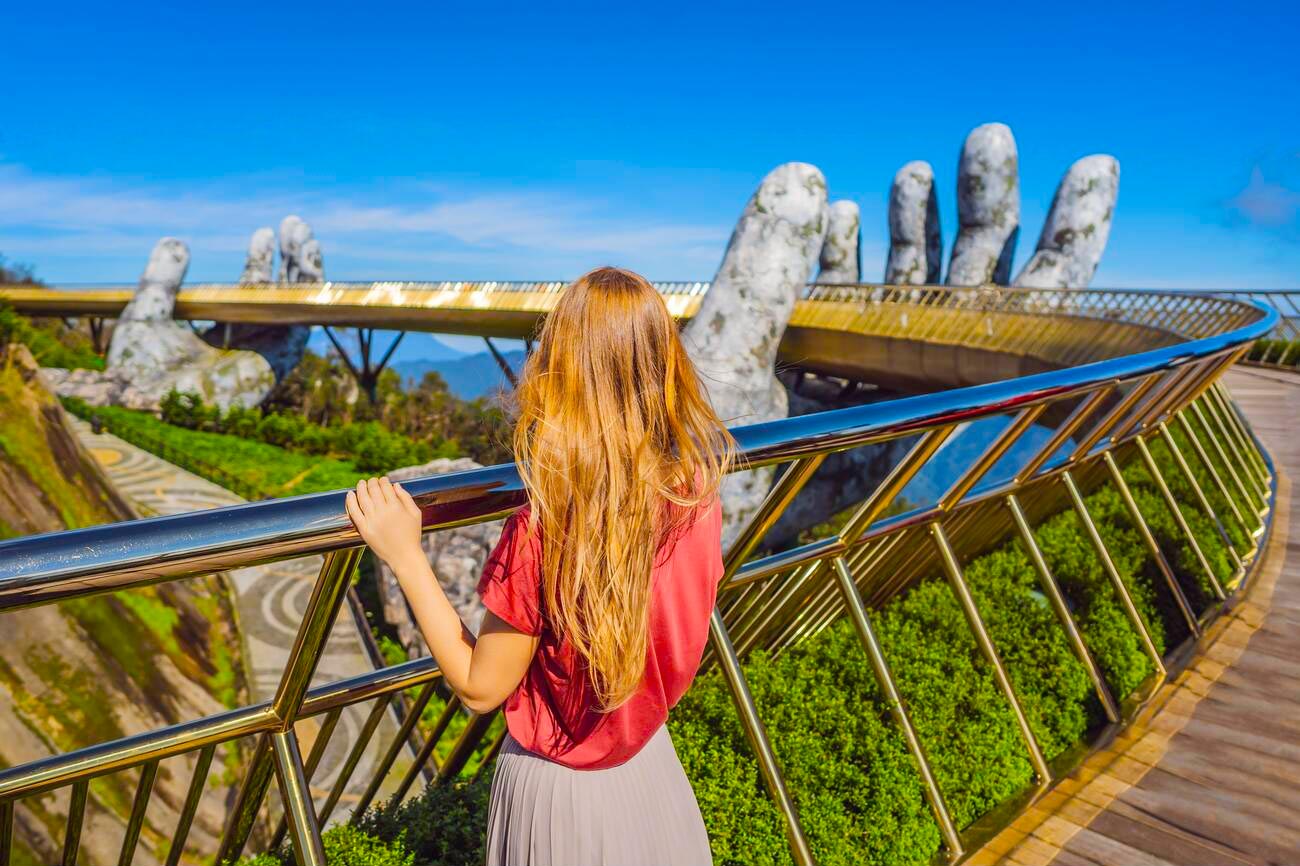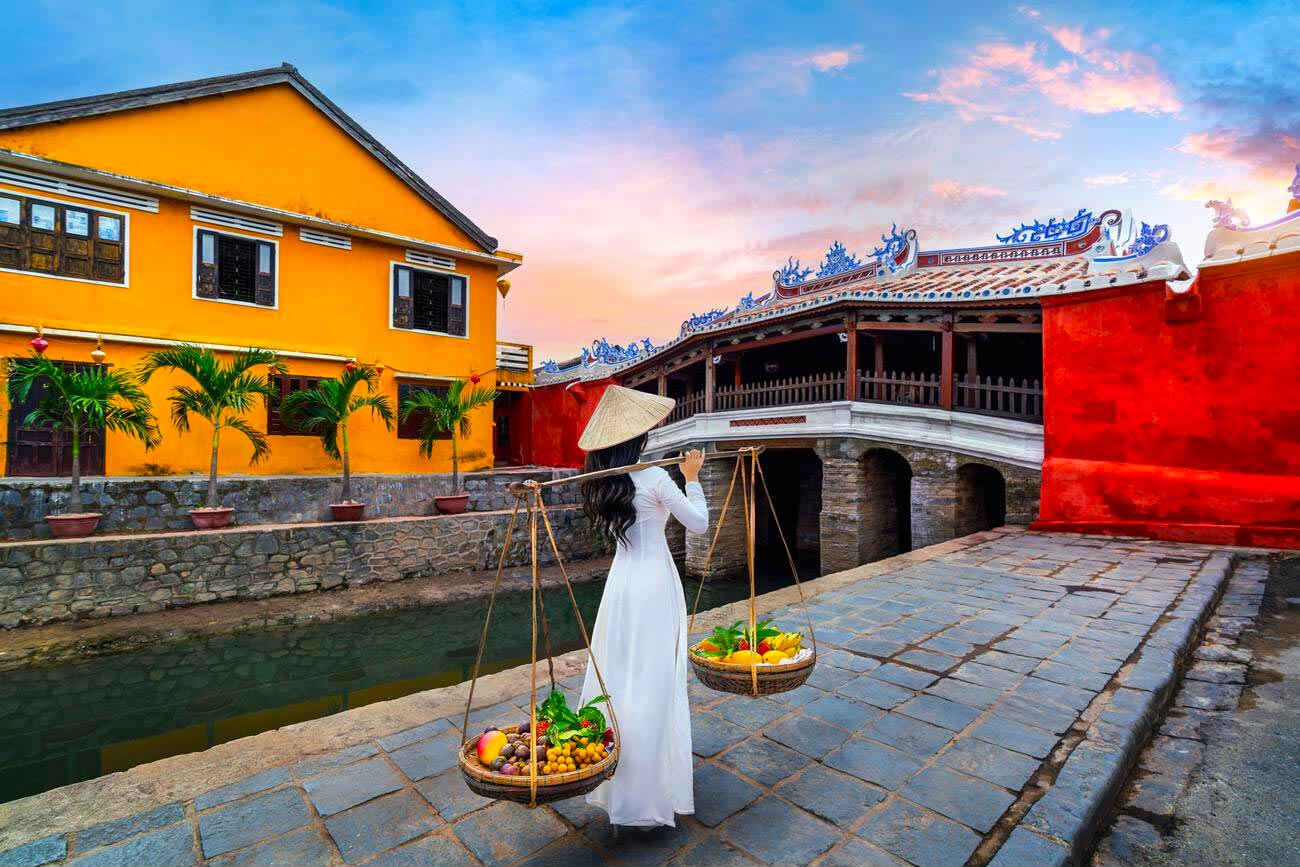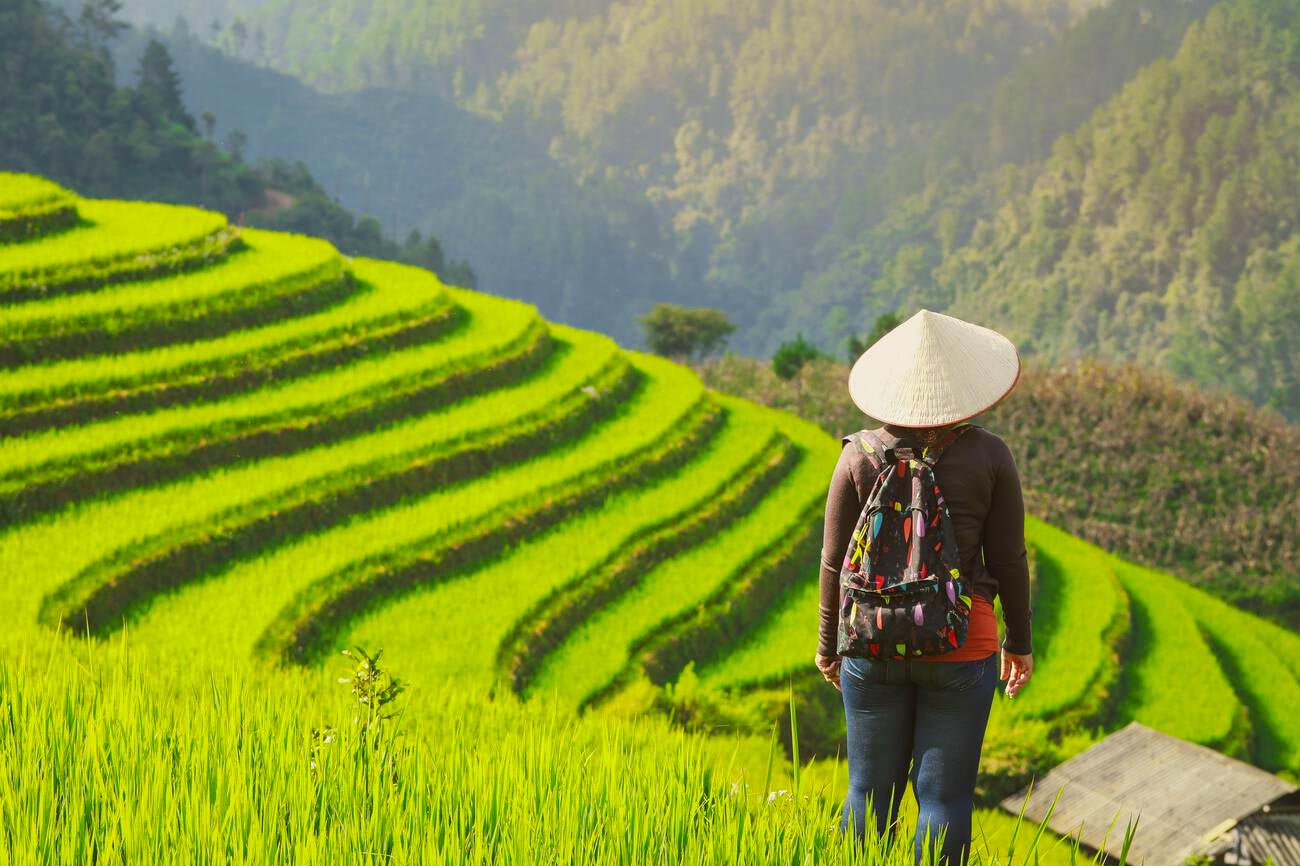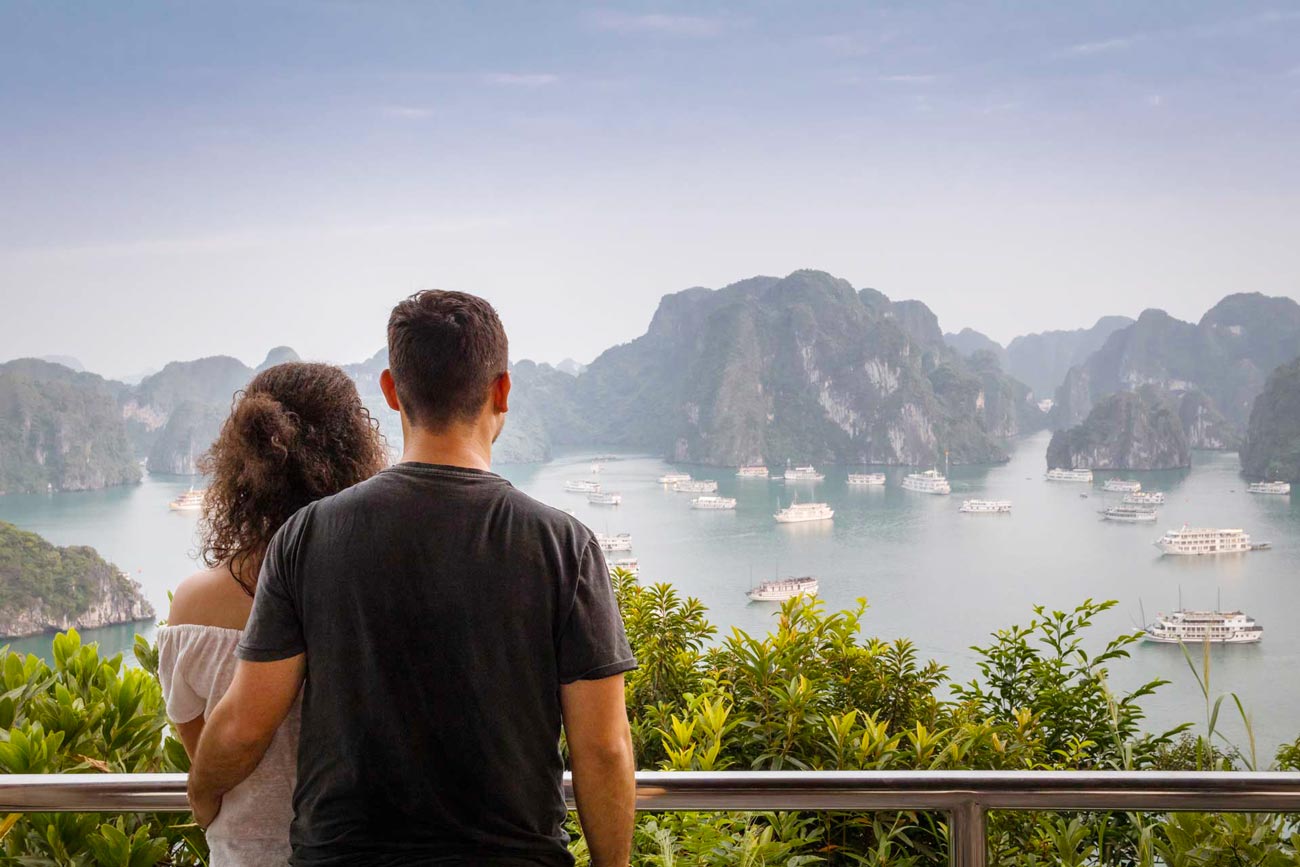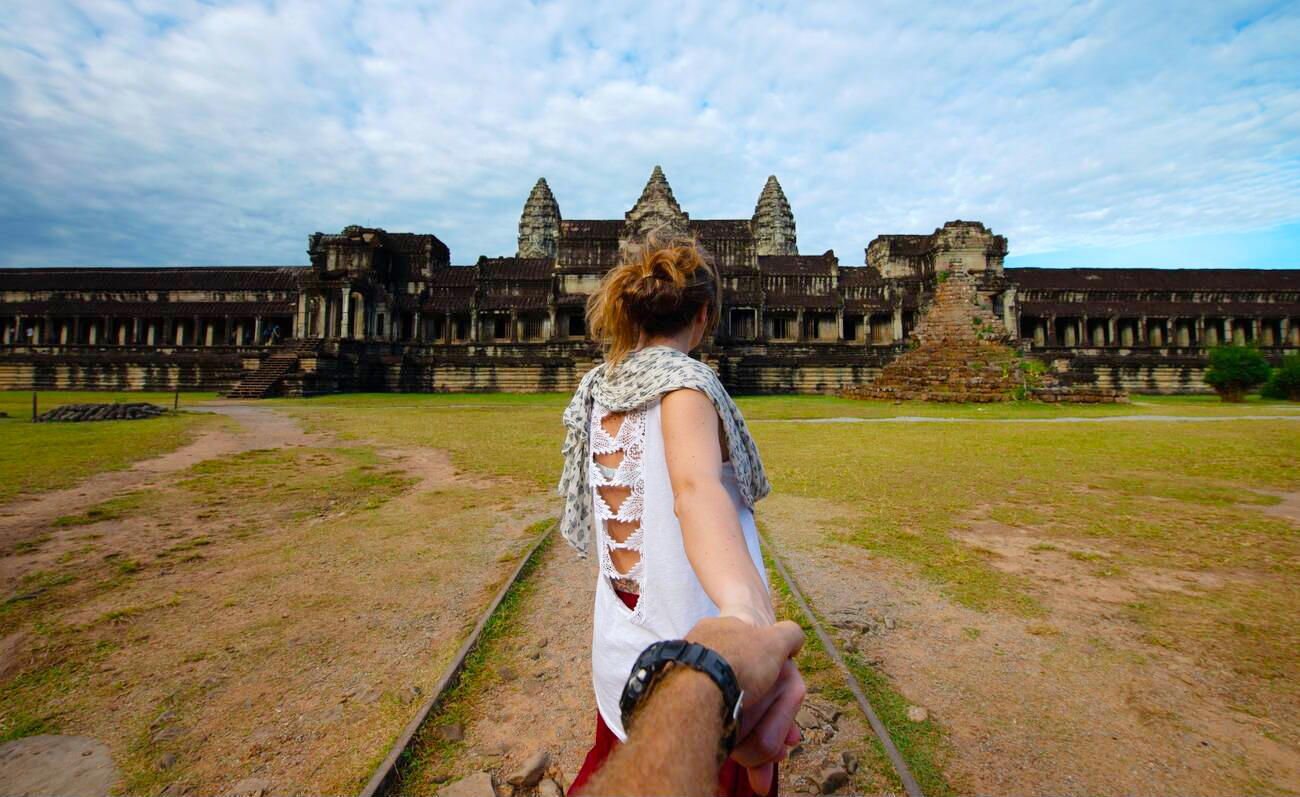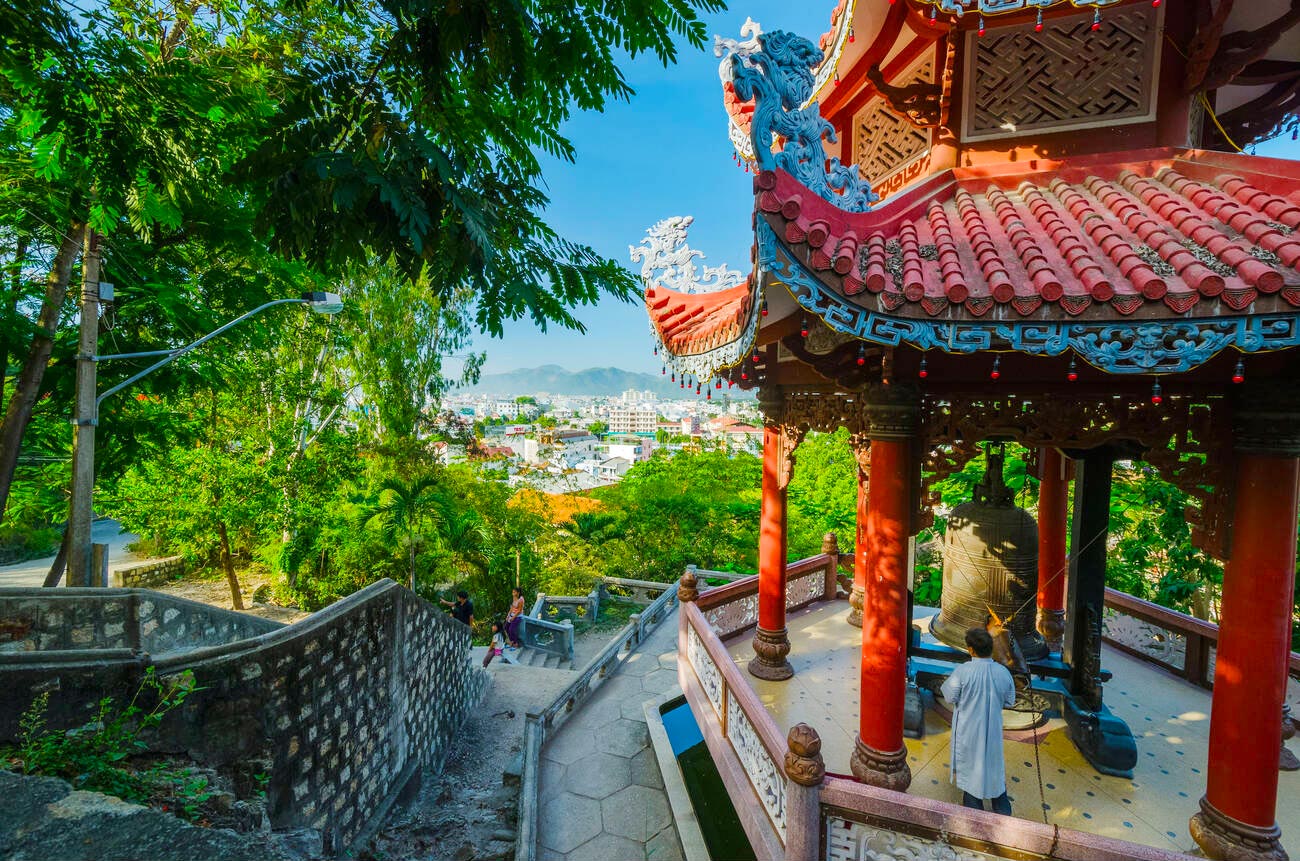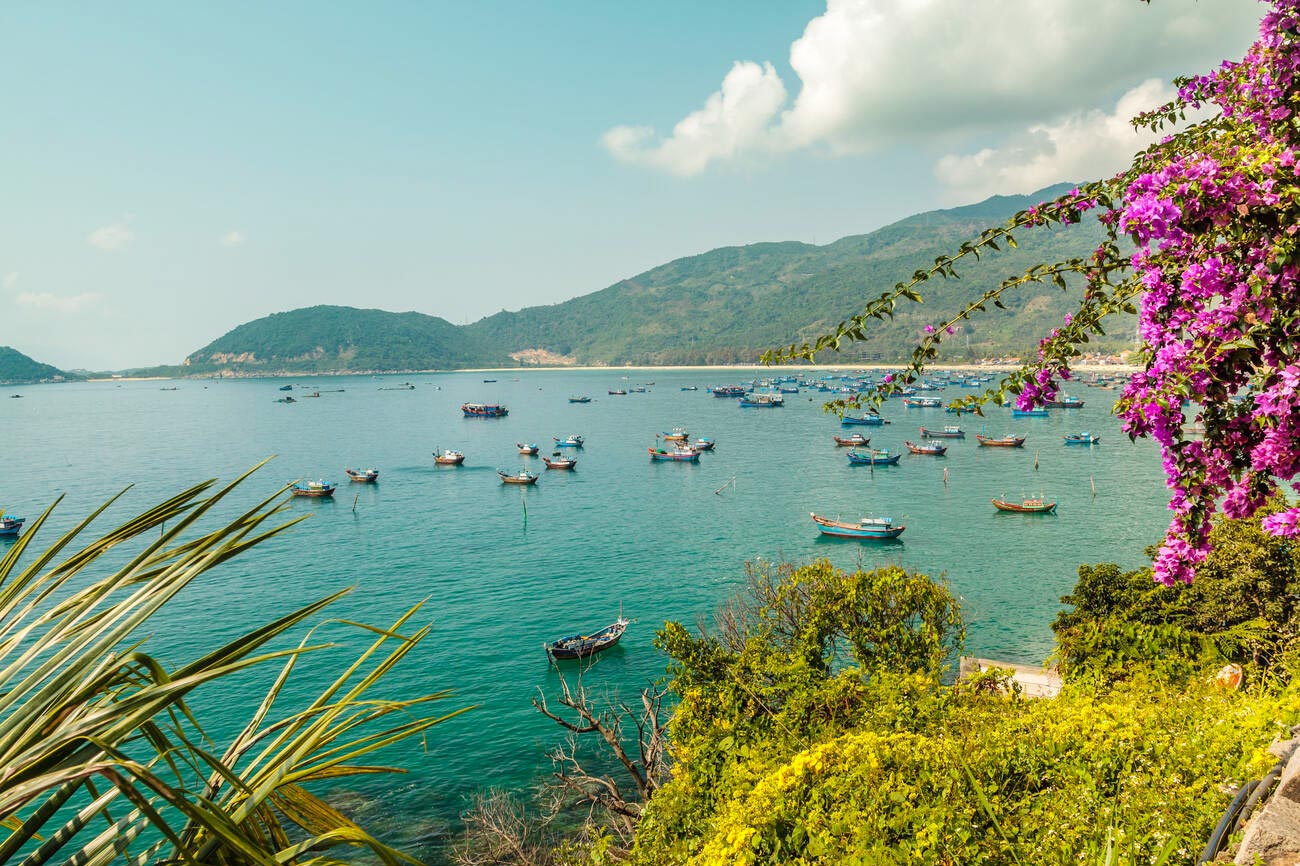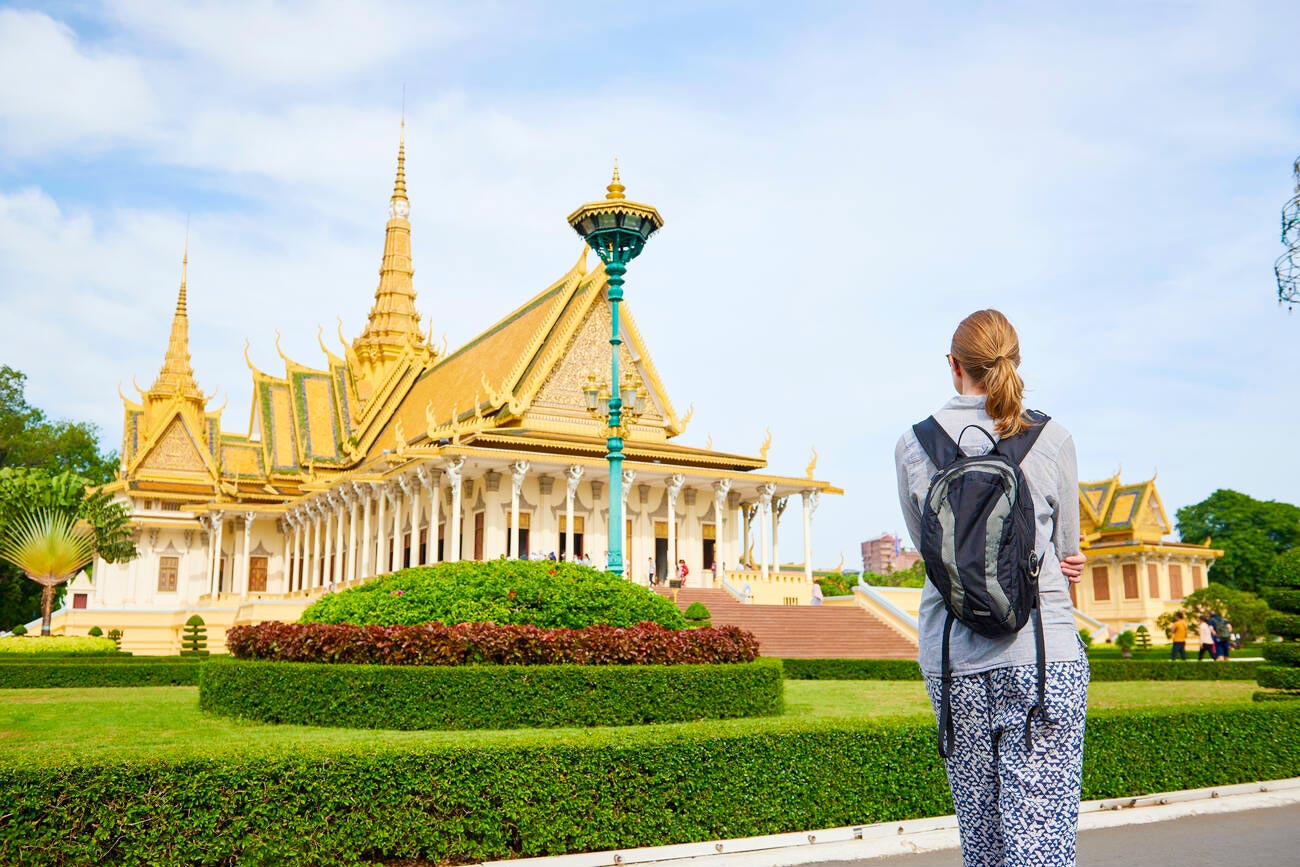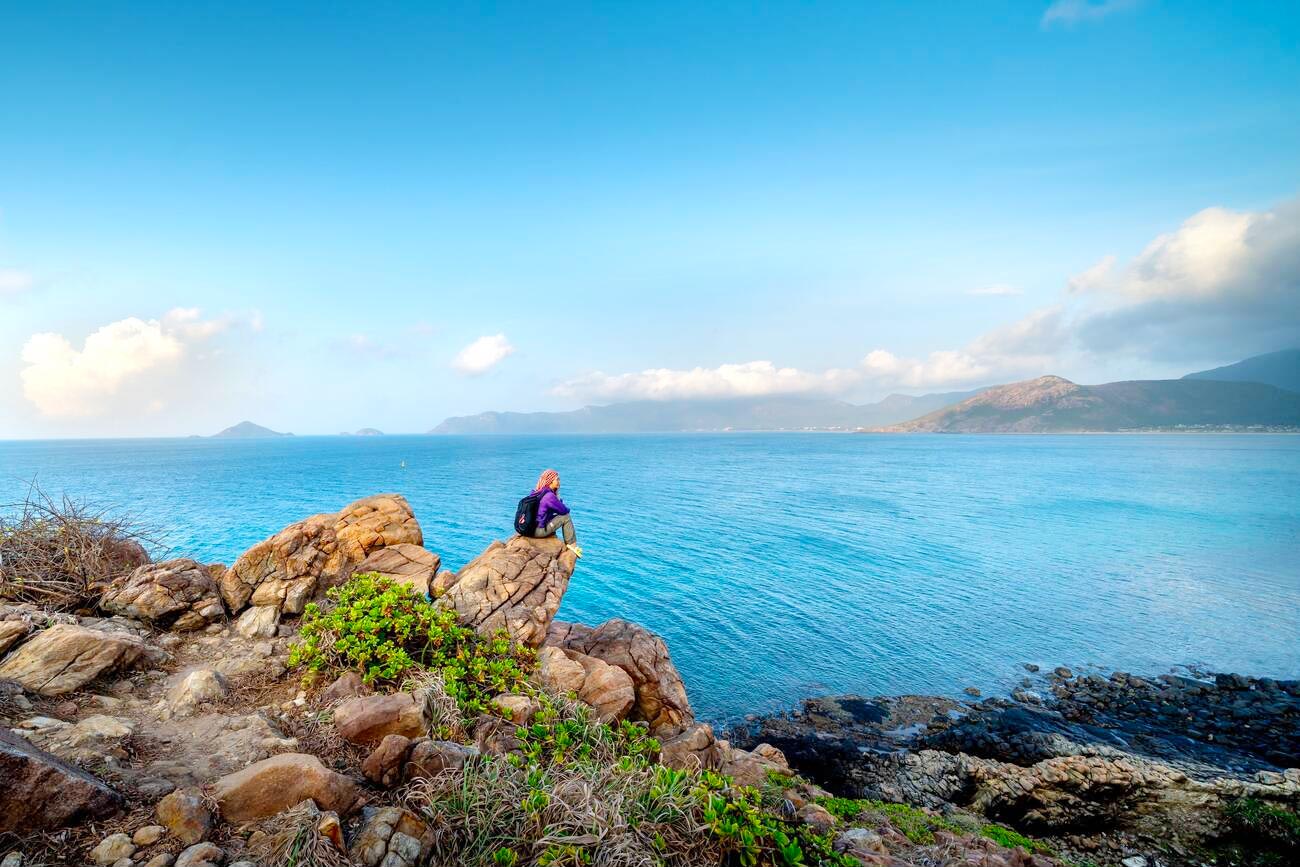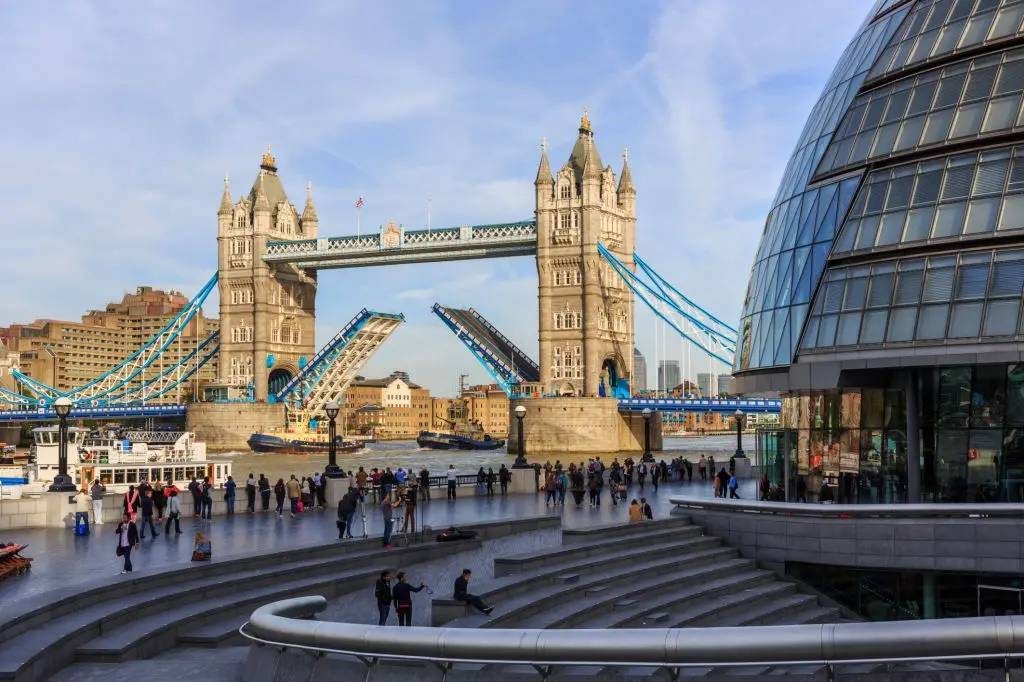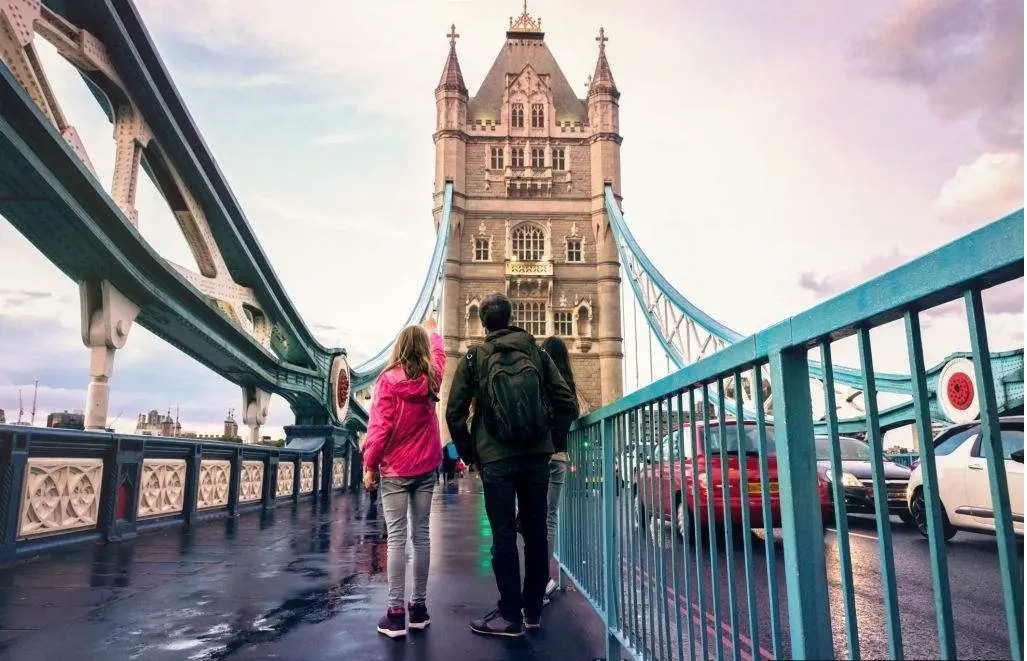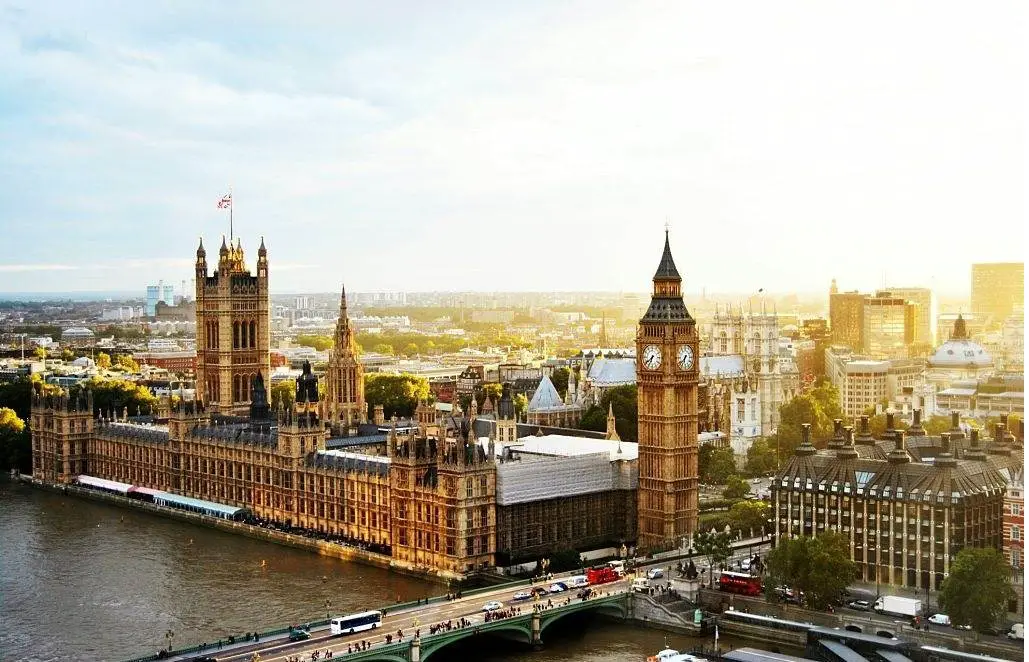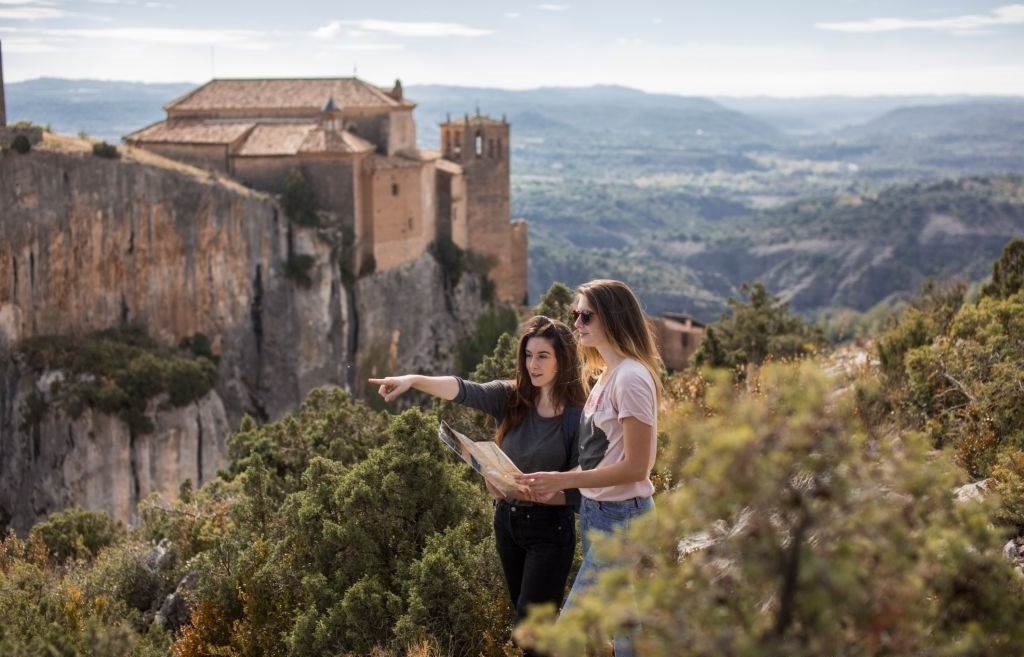Summary
- Experience authentic Black Hmong culture through traditional crafts, vibrant attire, and centuries-old community practices.
- Engage in treks, market visits, and friendly homestays, capturing inspiring mountain views and personal connections.
- Learn seasonal highlights to ensure an ideal experience, respecting cultural norms while exploring remote natural beauty.
- Discover essential packing advice, practical travel tips, and transportation methods for navigating Black Hmong Village.
- Immerse yourself in authentic cultural activities, support sustainable tourism, and depart with meaningful memories and insights.
When you arrive in the Black Hmong Village, you are welcomed into a world where ancient traditions thrive amidst panoramic mountainscapes. The region’s namesake community, the Black Hmong, has cultivated a lifestyle deeply connected to the rhythms of nature and the wisdom passed down through countless generations.
As a traveler, stepping into this environment offers an intimate lens into a proud, resourceful, and culturally rich ethnic group that calls the highlands their home. Whether you’ve come searching for quiet moments among terraced fields, the melodic hum of local markets, or the deep historical roots of intricate craftwork, the Black Hmong Village promises genuine engagement and memorable discoveries.
Things to Know Before Visiting the Black Hmong Village
Black Hmong Village communities are often nestled in the mountainous regions of countries like Vietnam and Laos, though the most famous and accessible are found in northern Vietnam, near Sapa. The Black Hmong people are one of several distinct Hmong subgroups. Their communities are distinguished by their dark, hemp-based clothing, hand-dyed with indigo and embellished with intricate patterns and embroidery. These distinctive garments serve as a visual emblem of their identity and cultural pride.
Over centuries, the Black Hmong have maintained a close relationship with their environment. They skillfully cultivate rice and corn on terraced hillsides, raise livestock, and produce traditional handicrafts that are both utilitarian and beautiful. The village architecture—wooden houses with thatched or tiled roofs—blends seamlessly into a setting defined by lush valleys, cascading rice terraces, and mist-shrouded peaks. Visitors often find themselves impressed by the dramatic landscape and the warmth and resilience of the people here.
A visit to a Black Hmong Village is as much about human connection as it is about scenic grandeur. You may share tea with a family, learn about ancient rituals, or witness the communal effort of crafting textiles. Over time, tourism has grown, and many villagers now earn a living by guiding guests, hosting homestays, and selling handcrafted items. While the community welcomes visitors, mutual respect and sensitivity remain essential. It is a place to be inspired, learn, and appreciate a way of life closely intertwined with nature and heritage.
How to Get There?
Reaching a Black Hmong Village depends mainly on your starting point and the country you are in. For example, the journey often starts in Hanoi if you’re heading to a village near Sapa in northern Vietnam. An overnight train or bus from the capital city can take you to Lao Cai, the gateway to Sapa. Trains are known for their comfort and scenic views along the route, while buses may be faster but often less spacious. Once in Sapa, private cars, motorbikes, or guided tours can lead you to the village.
For travelers beginning in other Southeast Asian cities, connecting flights or long-distance buses to Northern Vietnam are common. Local tour companies frequently offer guided excursions, including transportation, meals, and accommodation. Choosing a reputable operator ensures you have a knowledgeable guide and reliable arrangements, sparing you the hassle of navigating unfamiliar territory alone.
If you prefer to travel independently, research is key. Understand the terrain, the availability of public transport, and the time it takes to navigate winding mountain roads. Local minibusses and shared taxis sometimes service remote areas, but schedules may be erratic and comfort minimal. Patience, flexibility, and adventure are valuable qualities for travelers venturing into remote highland regions.
Things & Activities to Do at the Black Hmong Village
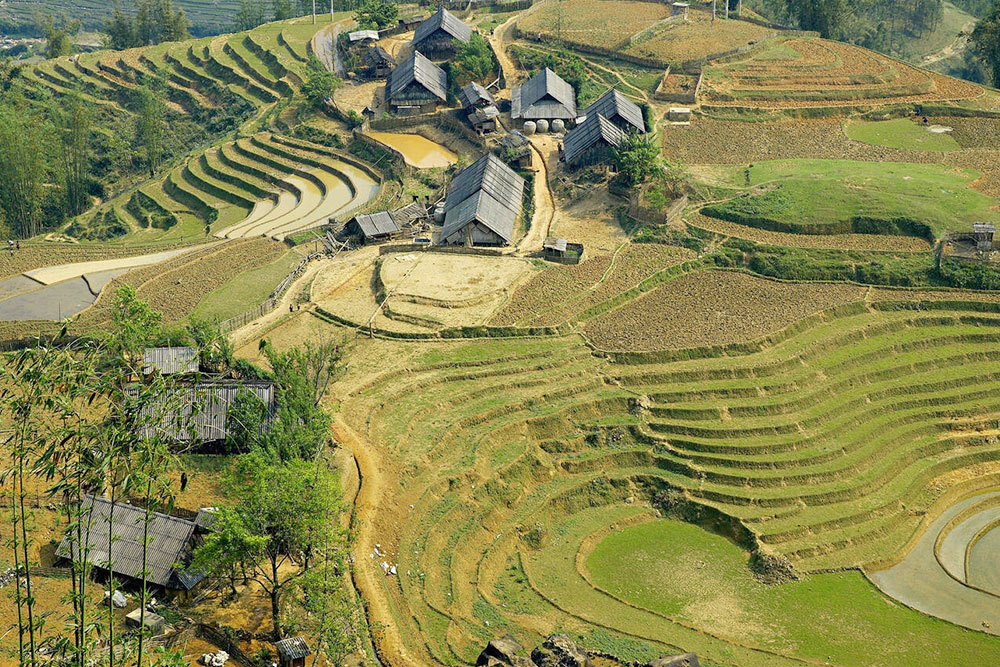
Life in a Black Hmong Village unfolds at a more measured pace than in bustling cities, and this slower rhythm invites you to immerse yourself meaningfully in daily activities. Trekking, a common reason many travelers come, allows you to explore the terraced fields firsthand. Consider hiring a local guide who grew up navigating these hills and knows the hidden paths, seasonal changes, and cultural norms. As you ascend and descend along narrow trails, you’ll pass villagers tending fields, children playing outside, and stunning vistas at every turn.
Market visits are a highlight. The Black Hmong often congregate in nearby towns or on designated market days to exchange goods, livestock, and handicrafts. Observing the dynamics of a local market provides a window into traditional commerce and social interaction. Beyond simply browsing, consider purchasing a few items—handwoven textiles, silver jewelry, or embroidered bags. Each piece tells a story, representing hours of meticulous work and generational skills passed down through the family line.
For those interested in cultural immersion, homestays offer a valuable opportunity. Spending a night or two under the same roof as a Black Hmong family can teach you more about their customs and social structure than any guidebook. You may share a communal meal with fresh ingredients from the fields outside, engage in quiet evening conversations around a fire, or learn phrases from the Hmong language. These interactions foster a human connection that lingers long after you’ve left.
Cultural workshops have emerged in some villages, allowing travelers to participate in traditional crafts or cooking sessions. Learn how to dye hemp fabric using natural indigo, try your hand at embroidery, or prepare a Hmong-style meal. This participation transcends mere observation, encouraging you to appreciate the artistry, labor, and skill behind each element of traditional life.
Finally, photography and art are natural extensions of the beauty you’ll find in the village. Whether you’re a seasoned photographer or a curious novice, the interplay of light, mist, terraced fields, and vibrant clothing provides endless inspiration. Remember to ask for permission before capturing portraits, as respect for individual privacy is a cornerstone of ethical travel.
Best Time to Visit the Black Hmong Village
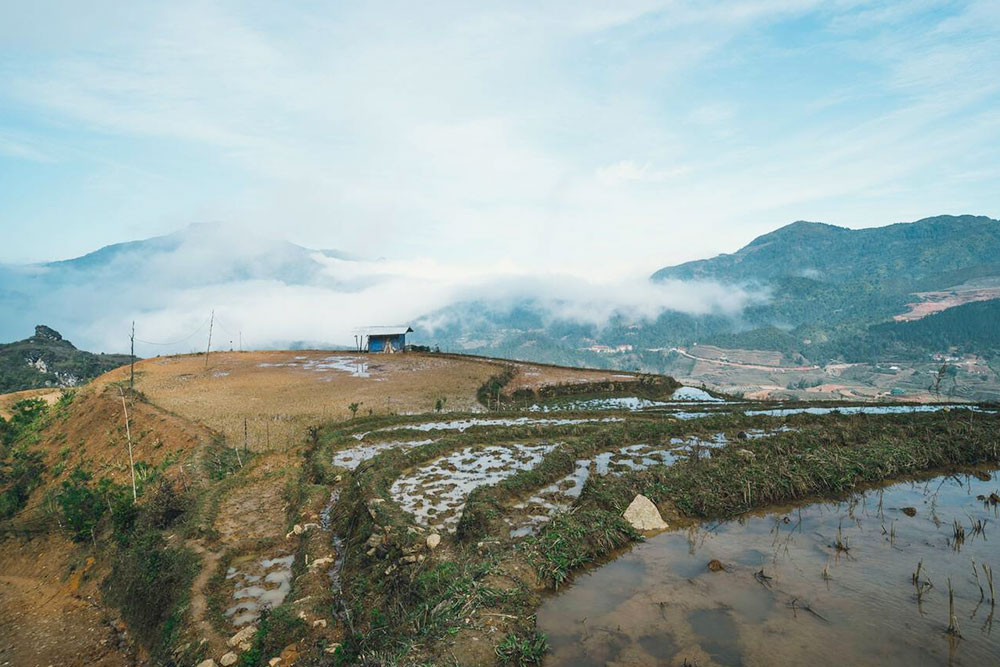
Choosing the ideal season to visit a Black Hmong Village is a matter of personal preference, but each period of the year offers its unique appeal. Many travelers find the months from March to May especially appealing. During this time, you can witness the planting season when farmers and their families work tirelessly, transplanting rice seedlings into terraced paddies filled with water. The temperatures are generally mild, and the vivid greens of fresh growth create photogenic scenes.
The landscape morphs into a golden tapestry from September to November, just before the harvest. The terraced fields shimmer under the gentle autumn sunlight, and the entire region seems to glow. Harvest time also reveals the village in a flurry of activity—women carrying woven baskets of rice, men skillfully cutting stalks, and families celebrating the completion of another year’s labor.
Winter months (December to February) can be chilly and sometimes foggy, but they bring a quieter atmosphere. The crowds of peak season diminish, allowing for a more intimate experience. The crisp mountain air and occasional snowfall on higher peaks add magic to the scenery. This season suits those who prefer tranquility over warmth, although layering up in warm clothes is essential.
Finally, summer (June to August) is characterized by lush greenery, blooming wildflowers, and occasional heavy rains. While some paths might be muddier and more challenging to traverse, adventurous travelers enjoy the vibrant colors, cooler afternoons after the rain, and fewer visitors. Always check weather forecasts in advance and plan accordingly.
Be sure to check out this essential resource on the worst times to visit Vietnam, complete with practical advice on steering clear of frequent traveler missteps.
What to Pack for the Black Hmong Village?
Preparing for a journey into a Black Hmong Village requires thoughtful packing. Weather can be unpredictable in the mountainous regions, so pack layers. Even during warmer months, nighttime temperatures can dip significantly. A lightweight rain jacket or poncho is handy due to the occasional downpours, especially if you plan to trek. Footwear should be sturdy and comfortable—think trekking shoes or boots with a good grip, suitable for uneven paths and slippery trails.
Beyond clothing, consider bringing a reusable water bottle, as staying hydrated is crucial. Sunscreen, a hat, and sunglasses protect against the strong mountain sun. Insect repellent is wise, particularly after rainfall. If you plan on documenting your journey, ensure your camera equipment is secure, possibly in a waterproof case. For those interested in cultural engagement, a small notebook and pen allow you to jot down new Hmong phrases or sketch patterns in textiles.
Remember that the Black Hmong Village may have limited access to specific amenities, so pack any necessary medications, extra batteries, or power banks for electronic devices. It’s also considerate to bring eco-friendly toiletries, reducing your environmental footprint. Lastly, leave space in your bag for souvenirs. Buying crafts directly from villagers is an excellent way to support the local economy and return home with meaningful keepsakes.
Best Travel Tips for the Black Hmong Village
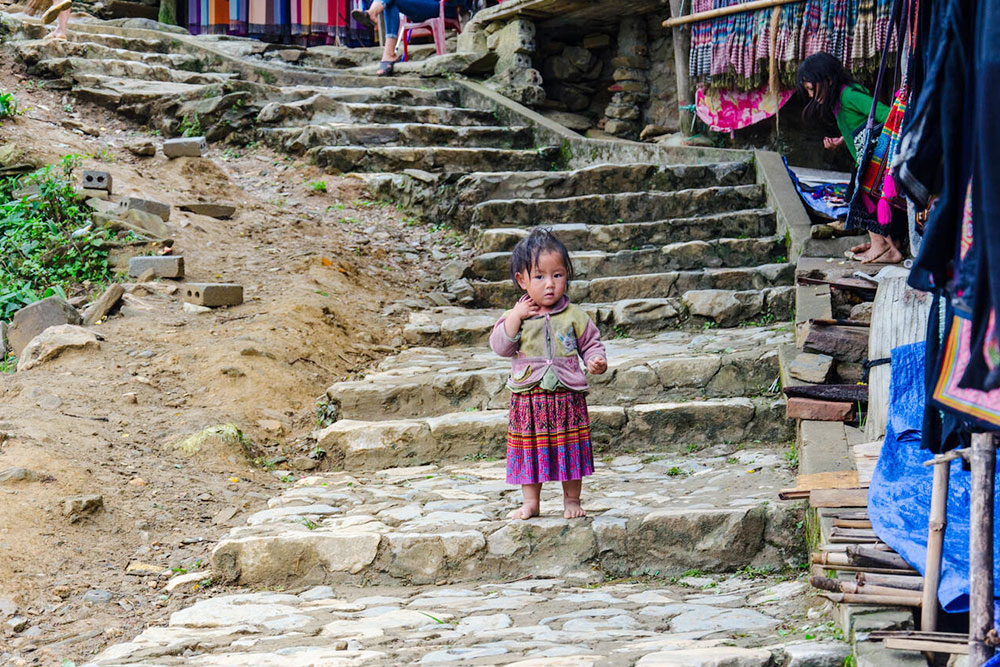
Embracing specific guidelines ensures a more meaningful and respectful experience. Start by approaching the community with an open mind and heart. While photography is an excellent way to share knowledge, always ask permission before capturing portraits. The Black Hmong people value privacy and personal agency as much as anyone and your courtesy will go a long way.
Be mindful of local customs. Dress modestly, covering shoulders and knees, and remove shoes before entering homes if requested. Learning a few basic Hmong phrases, or even just greetings in the local language, can open doors to warm smiles and friendly exchanges. The smallest efforts to communicate in the villagers’ language demonstrate respect and curiosity about their culture.
Try local foods when possible. While you might find simple fare, such as steamed rice, seasonal vegetables, and occasionally meat-based broths, these dishes showcase the region’s agricultural bounty. Drinking herbal teas or corn wine (in moderation) can also be part of a shared cultural experience.
Sustainable tourism principles apply strongly here. Minimize plastic waste, avoid giving candy to children without parental consent, and consider the long-term impact of your visit. Supporting local businesses—homestays, guides, craft sellers—ensures that your presence contributes positively to the community’s well-being. This reciprocal relationship allows the Black Hmong to preserve their traditions and maintain their way of life even as tourism grows.
Finally, pace yourself. While it’s tempting to see as much as possible in a short time, the true value of visiting a Black Hmong Village often emerges from lingering moments—admiring the detail in a handmade garment, listening to a personal story, or feeling the quiet hush of the fields at dusk. Give yourself space to reflect, learn, and absorb the essence of what makes this place remarkable.
Conclusion
A journey into a Black Hmong Village resonates far beyond the moment you step away from its mountain paths. It’s the warm handshake of an elder who proudly wears traditional indigo garments, the laughter of children who chase each other along narrow terraces, and the hushed conversations around a family hearth as dusk settles over the valley. This encounter explores human resilience, craftsmanship, and the profound connection between people and their land.
As you depart, your camera may hold countless images of breathtaking landscapes, and your luggage may contain a few handmade treasures. More importantly, you’ll carry stories—of wisdom shared over tea, the careful steps taken along rice paddies, and the heartfelt exchanges that transcend language. The Black Hmong Village experience lingers in the mind as a vivid tapestry: dynamic, enduring, and always ready to greet the next curious traveler who seeks to understand its profound cultural wonders.
In conclusion, don’t miss the chance to book one of our thoughtfully crafted Vietnam itineraries, which not only promise to enrich your overall travel experience but also allow you to immerse yourself in the country’s rich tapestry of culture, sample its aromatic street foods, and marvel at the emerald-green rice terraces, ancient pagodas, and vibrant floating markets that define this breathtaking destination.

